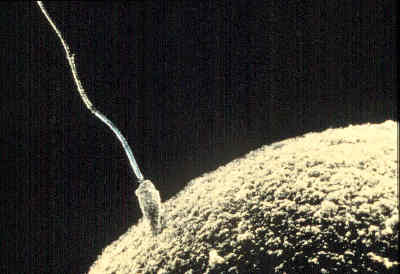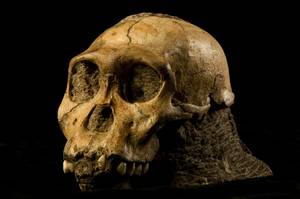Daddy's Damaged DNA and Tornadoes Heating up the Sun
Interview with
Smoking Away Mutations
Fathers who smoke at the time of their baby's conception risk passing on damaged DNA to their  children.
children.
Using biomarkers to measure breaks in DNA in paternal blood and semen at the time of conception as well as maternal and umbilical cord blood at birth, and accounting for environmental factors that could damage DNA such as smoking,
Diane Anderson from the University of Bradfordfound a correlation between the DNA damaged in the sperm of smokers and their newborn children.
The inheritance of damaged DNA could cause the development of childhood diseases such as cancer.
---
Magnetically heating the Sun's Atmosphere
Magnetic tornadoes on the surface of the Sun transports heat into its atmosphere, helping create the significantly hotter temperatures found in this outer atmosphere, known as the corona.
Swirling magnetic structures, similar to super-tornadoes were detected stretching from the Sun's surface upto 2000km into the corona by Sven Wedemeyer-Bohm from the University of Oslo. Using 3D numerical models his team showed in the journal
Naturethat these swirls convect heat away from the surface and transfer the energy needed to reach these high temperatures, the causes of which were unknown until now.
---
 Eating like Sediba
Eating like Sediba
And finally, the early hominin species Australopithecus sediba, which lived 2 million years ago, lived on a diet of leaves, fruit and bark, according to work published in
Nature.
By analysing carbon isotopes in tooth enamel, patterns of dental wear and scratches and plant remains in the plaque of teeth from 2 skeletons of these early humans, Amanda Henry from the Max Planck Institute for Evolutionary Anthropology in Germany identified their diet to consist predominantly of bark and woody tissues, varying greatly from other African hominins of that time.









Comments
Add a comment